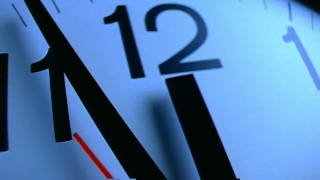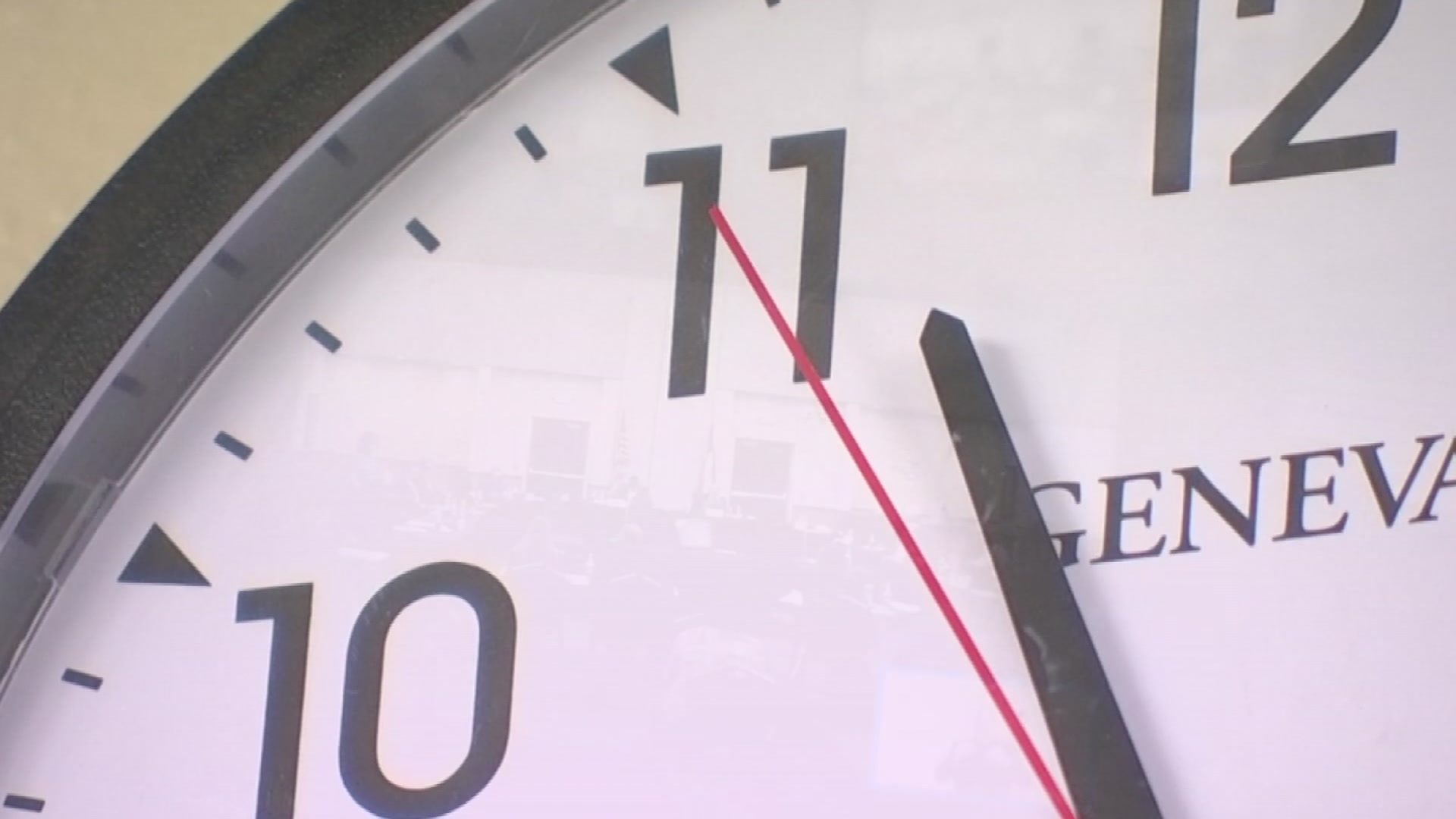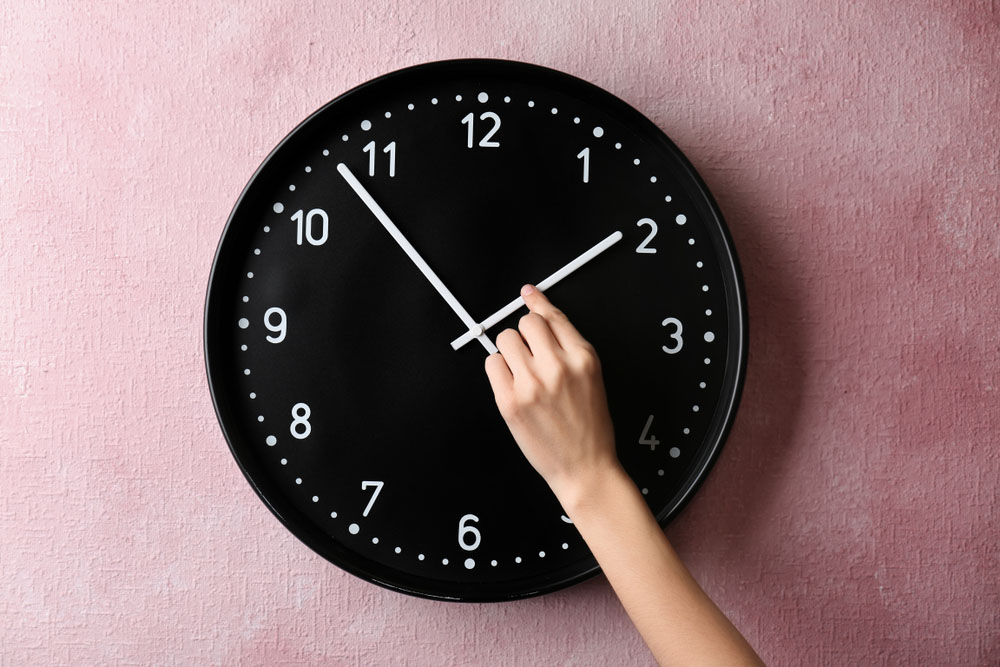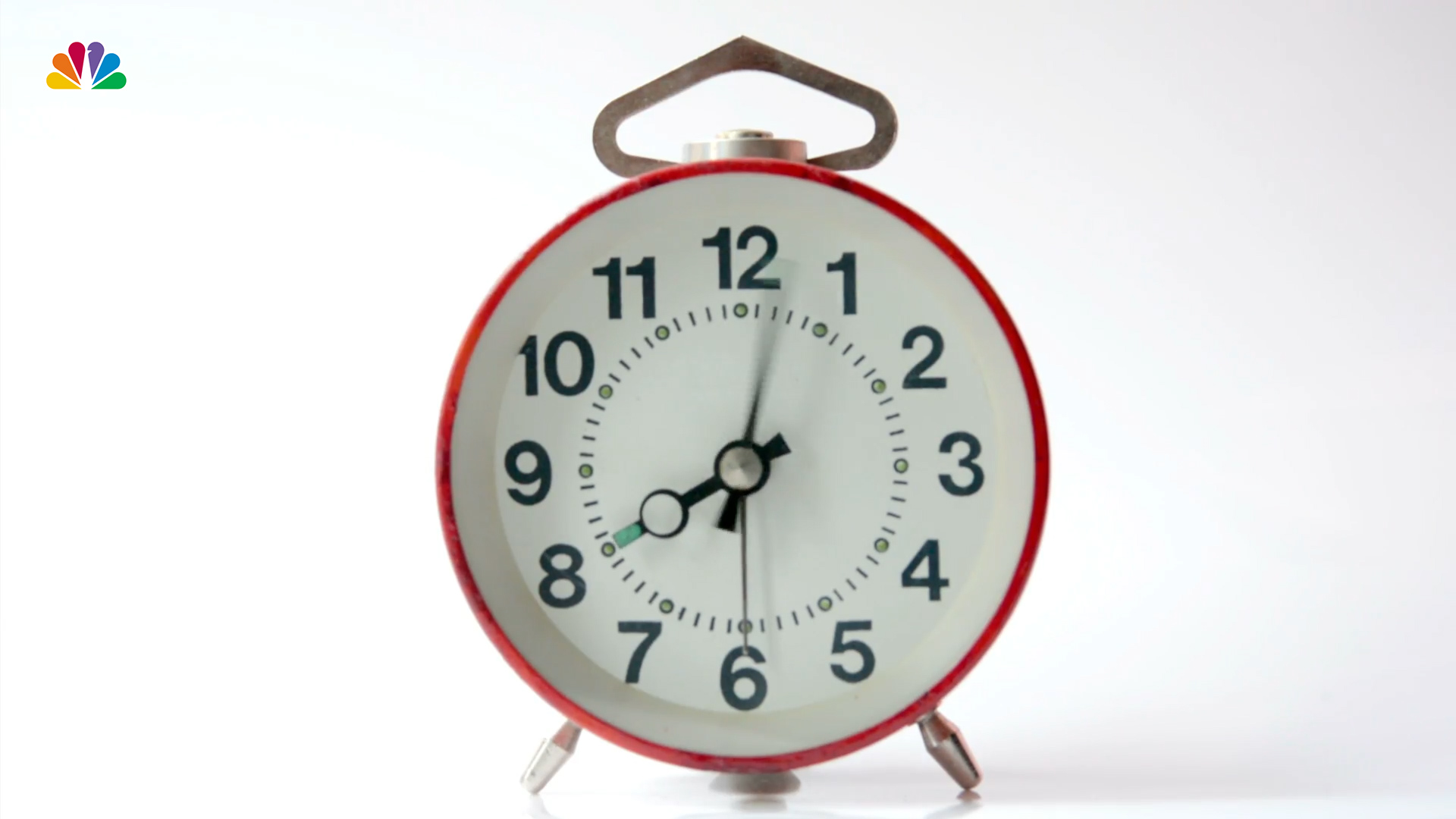
With clocks set to fall back from daylight saving time to standard time in just under two weeks, many are wondering why the time changes happen and what would be different without them.
From mid-March to early November, Illinois' clocks are in daylight saving time, starting when clocks spring forward an hour just before the official start of spring.
In response to many Americans dislike the time changes, the U.S. Senate unanimously passed the Sunshine Protection Act earlier this year that would make daylight saving time permanent.
And while for some, turning the clocks back a full hour means 60 extra minutes of rest, sleep experts at the American Academy of Sleep Medicine say seasonal time changes disrupt our health and safety.
Feeling out of the loop? We'll catch you up on the Chicago news you need to know. Sign up for the weekly Chicago Catch-Up newsletter here.
So which is better for us? Here's a look at what some experts had to say, along with a breakdown on how daylight saving time currently works:
Which is Better? Here's What Sleep Experts Say
While the legislation on the table is currently to make daylight saving time permanent, the AASM says it's permanent standard time that should be adopted instead, with one reason being to ensure safety for morning commutes.
“Daylight saving time disrupts the body’s natural circadian rhythms and impacts sleep,” said AASM President Jennifer Martin, a licensed clinical psychologist, in a press release. “Standard time provides a better opportunity to get the right duration of high-quality, restful sleep on a regular basis, which improves our cognition, mood, cardiovascular health, and overall well-being.”
Sleep experts also argue that permanent daylight saving time would "disproportionately" affect people living in the northern part of the U.S.
"Some parts of Montana, North Dakota and Michigan would not see sunrise until after 9:30 a.m. during the winter months," the AASM said, if the country adopted permanent daylight saving time.
"More populous cities would be impacted by darker mornings as well – with permanent daylight saving time, sunrise wouldn’t occur until 8:20 a.m. in New York City in January. In Los Angeles, sunrise in January would be at almost 8 a.m., and in Minneapolis, sunrise would be at nearly 9 a.m."
"More darkness during early morning commutes may also contribute to an increased risk of traffic fatalities, according to studies," the organization goes on to say.
Sleep experts at the organization go on to say that seasonal time changes overall are unfavorable to health. According to the AASM, the changes have been linked to an increase in stroke, hospital admissions and cardiovascular events.
"One study found a reduction in the rate of cardiovascular events during standard time in particular, suggesting that the chronic effects of daylight saving time may lead to a higher risk of adverse health problems when compared with standard time," it says.
As it stands, the daylight saving time to standard time change in Illinois isn't going anywhere. That means on Nov. 6, you'll need to make sure your clocks fall back.
Spring Forward, Fall Back: When Daylight Saving Time Begins and Ends
In the United States, daylight saving time lasts for a total of 34 weeks, running from early-to-mid March to the beginning of November in those states that observe it.
In 2022, daylight saving time began on March 13, more than a full week before the official start of spring. On that date, Illinoisans set their clocks one hour ahead.
Under the conditions of the Energy Policy Act of 2005, daylight saving time starts on the second Sunday in March and ends on the first Sunday in November, representing an extension from previous years.
Before that, the clocks had sprung ahead on the first Sunday in April and remained that way until the final Sunday in October.
The Push to Make Daylight Saving Time Permanent
Earlier this year, the senate passed unanimously passed legislation to make daylight saving time permanent.
According to Reuters, at least 30 states have introduced legislation to end the practice of changing times each year, and Rep. Frank Pallone cited a study that suggested 71% of Americans are in favor of ending the time change each year.
Supporters of the bill, including co-sponsor Sen. Marco Rubio, said that giving children an additional hour of sunlight after school will allow for safer trips home, more time spent outdoors and other health benefits. He also argued that there would be economic benefits to such a change.
However, according to a July article from The Hill, the bill has hit a "brick wall" in the House. “We have so many other priorities, but it doesn’t mean because it’s not a priority that we’re not trying to work on it. We are,” Rep. Pallone said, later adding, “If we can accomplish anything, it wouldn’t be until the fall.”
What is Standard Time?
According to the website Time and Date, standard time is the local time in a country or region when daylight saving time is not in use.
"More than 60% of the countries in the world use standard time all year," the site says. "The remaining countries use DST during the summer months, generally setting clocks forward one hour from standard time."
According to the AASM, it's standard time that more closely matches our body's internal clock.
"The daily cycle of natural light and darkness is the most powerful timing cue to synchronize our body’s internal clock," the Illinois-based organization says. "When we receive more light in the morning and darkness in the evening, our bodies and nature are better aligned, making it easier to wake up for our daily activities and easier to fall asleep at night. Daylight saving time disrupts our internal clock, leading to sleep loss and poor sleep quality, which in turn lead to negative health consequences."
"For morning commuters and children heading off to school, dark mornings caused by permanent daylight saving time pose numerous safety concerns," the AASM says. "This would be especially problematic during the winter months when days grow increasingly shorter."




